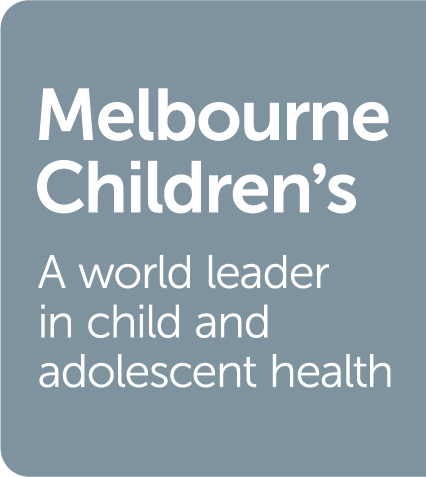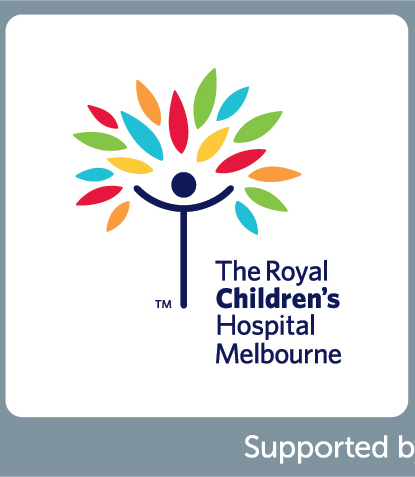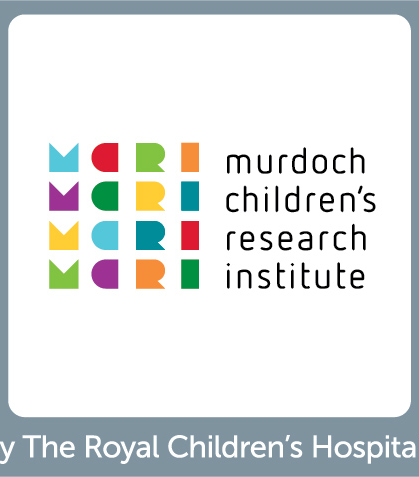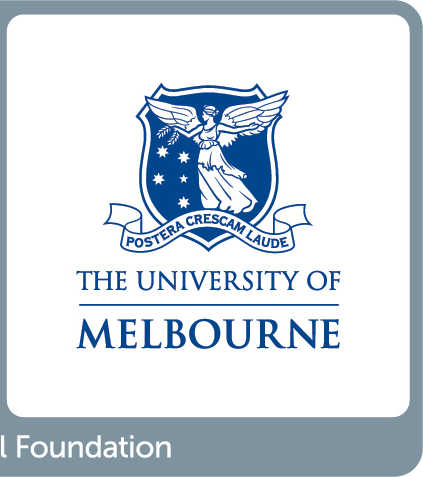TAB: Peer relationships
| Relevant LifeCourse Constructs | Year | 2011-2014 |
|---|---|---|
| Wave | 1 | |
| Age | 0-1 years | |
| N |
Legend
- B
= Biosample collected- BA
= Biosample analysis- G
= Grandparent(s) completed questionnaire- L
= Data linkage- N
= Nurse completed questionnaire- O
= Observation or direct assessment- Of
= Offspring completed questionnaire- P
= Parent/guardian completed questionnaire- Pe
= Peer completed questionnaire- R
= Records abstraction- S
= Self (primary participant) completed questionnaire- T
= Teacher completed questionnaire- X
= Other source- X F
-
= Pertains to father - X Fam
-
= Pertains to family - X G
-
= Pertains to grandparent(s) - X I
-
= Pertains to primary participant - X IP
-
= Pertains to partner - X M
-
= Pertains to mother - X O
-
= Pertains to offspring - X P
-
= Pertains to parent/guardian(s) - X Pe
-
= Pertains to peers - X Si
-
= Pertains to sibling(s) - X T
-
= Pertains to teacher(s) - X X
-
= Pertains to other reportees
Metadata presented by LifeCourse provides a crucial first step in understanding the available data across studies. It does not take the place of detailed study documentation, which should always be consulted during design and analysis.



